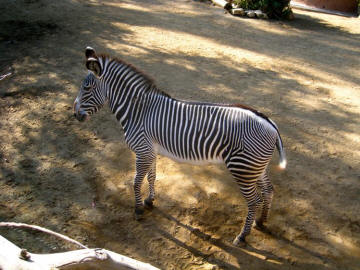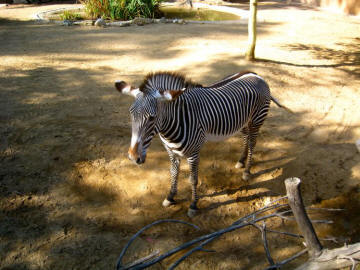Exploration Continues Page Two

Sue reads the map
Gorillas Galore
Did you know? - Gorillas are the largest of the primates. They are ground-dwelling and predominantly herbivorous. They inhabit the forests of central Africa. Gorillas are divided into two species and (still under debate as of 2008) either four or five subspecies. The DNA of gorillas is highly similar to that of a human, between 95 and 99% depending on what is counted, and they are the next closest living relatives to humans after the two chimpanzee species.

They were mostly snoozing today
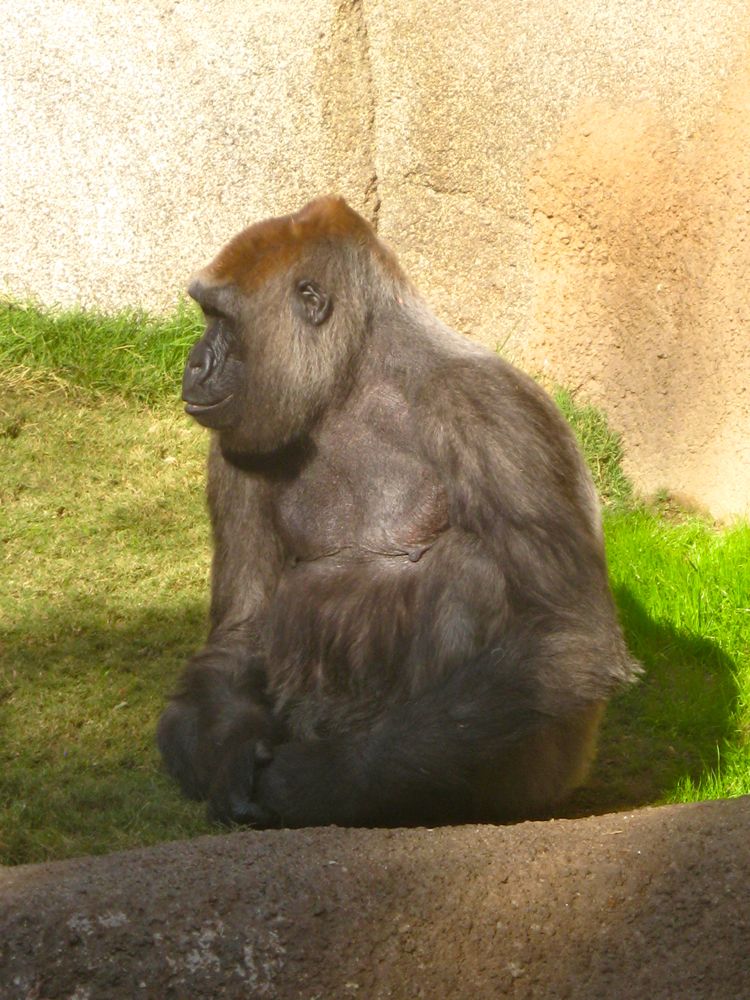
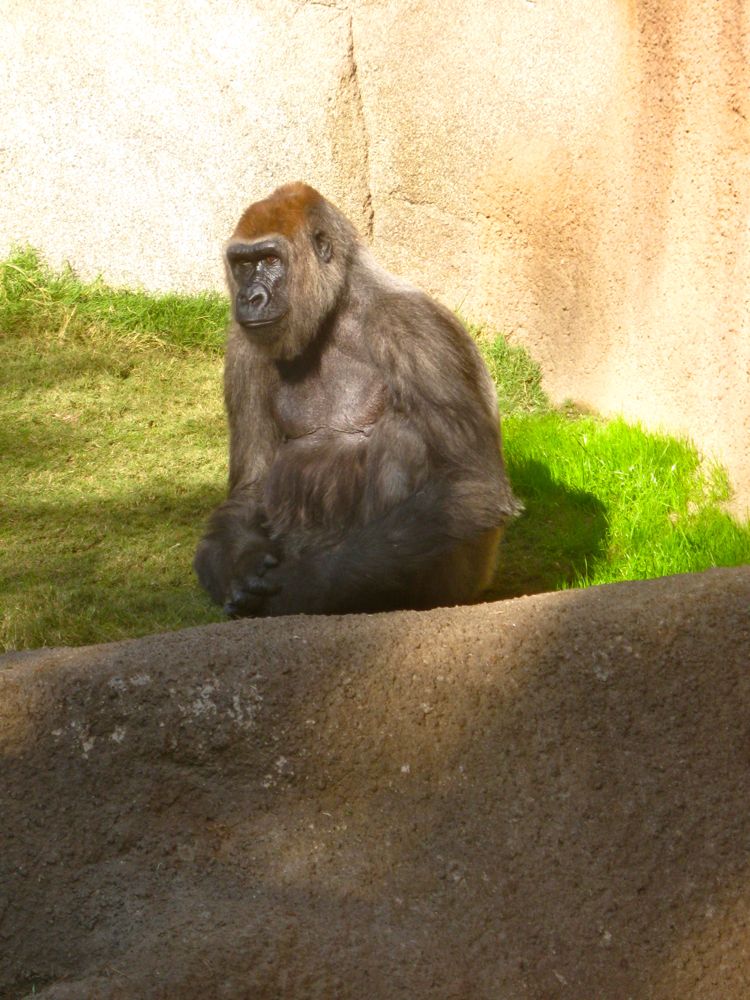
Stripes! It Must Be A Zebra
Did you know? - Zebras are African equids best known for their distinctive black and white stripes. Their stripes come in different patterns unique to each individual. They are generally social animals and can be seen in small harems to large herds. Unlike their closest relatives, horses and asses, zebras have never been truly domesticated.
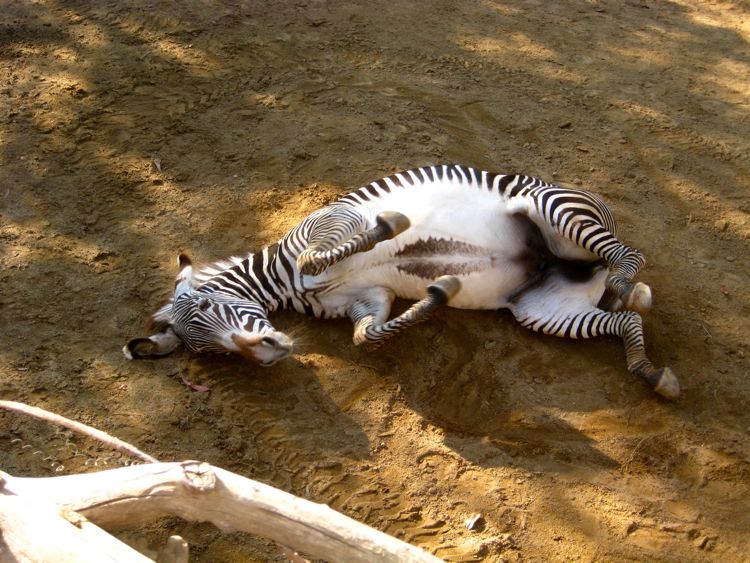
"I tired... Must rest!"
Did you know? - It was previously believed that zebras were white animals with black stripes, since some zebras have white underbellies. Embryological evidence, however, shows that the animal's background color is black and the white stripes and bellies are additions.
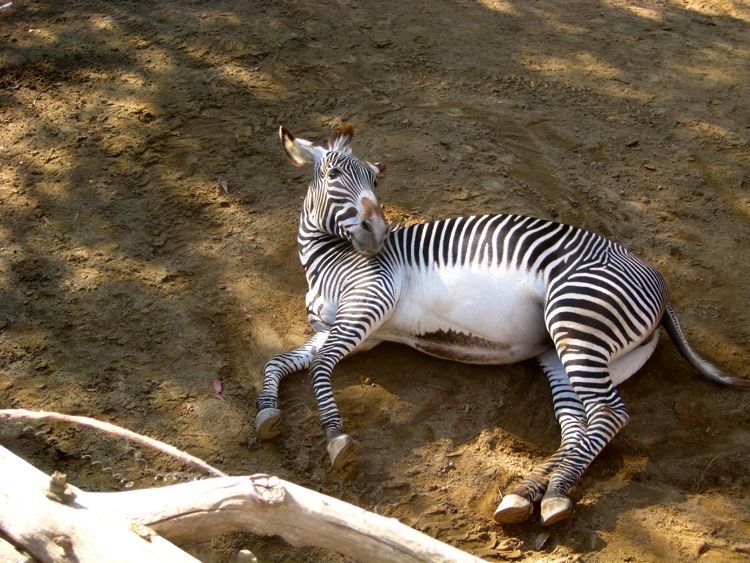
Did you know? - It has been suggested that the stripes serve as visual cues and identification.With each striping pattern unique to each individual, zebras can recognize one another by their stripes.
Others believe that the stripes act as a camouflage mechanism. This is accomplished in several ways. First, the vertical striping helps the zebra hide in grass. While seeming absurd at first glance, considering that grass is neither white nor black, it is supposed to be effective against the zebra's main predator, the lion, which is color blind.
Theoretically, a zebra standing still in tall grass may not be noticed at all by a lion. Additionally, since zebras are herd animals, the stripes may help to confuse predators - a number of zebras standing or moving close together may appear as one large animal, making it more difficult for the lion to pick out any single zebra to attack.
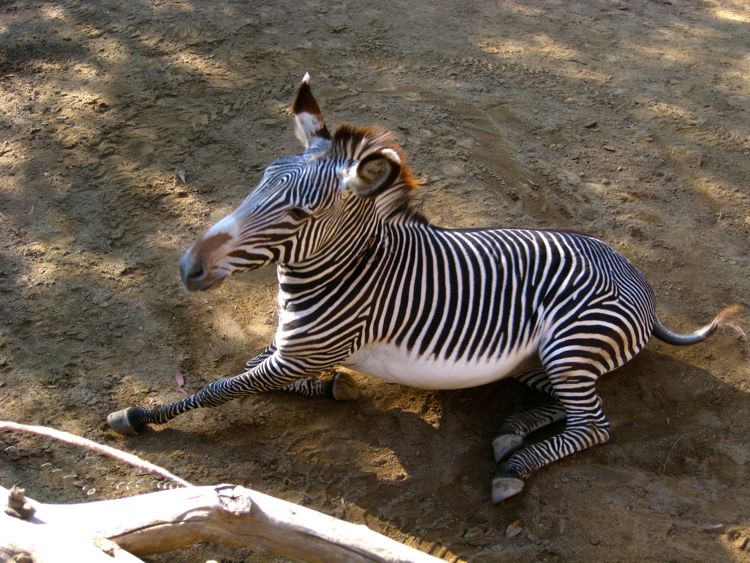
"I is pretty!"

Just a very pretty animal
Did you know? - Like horses, zebras walk, trot, canter and gallop. They are generally slower than horses, but their great stamina helps them outpace predators. When chased, a zebra will zig-zag from side to side, making it more difficult for the predator. When cornered, the zebra will rear up and kick or bite its attacker.
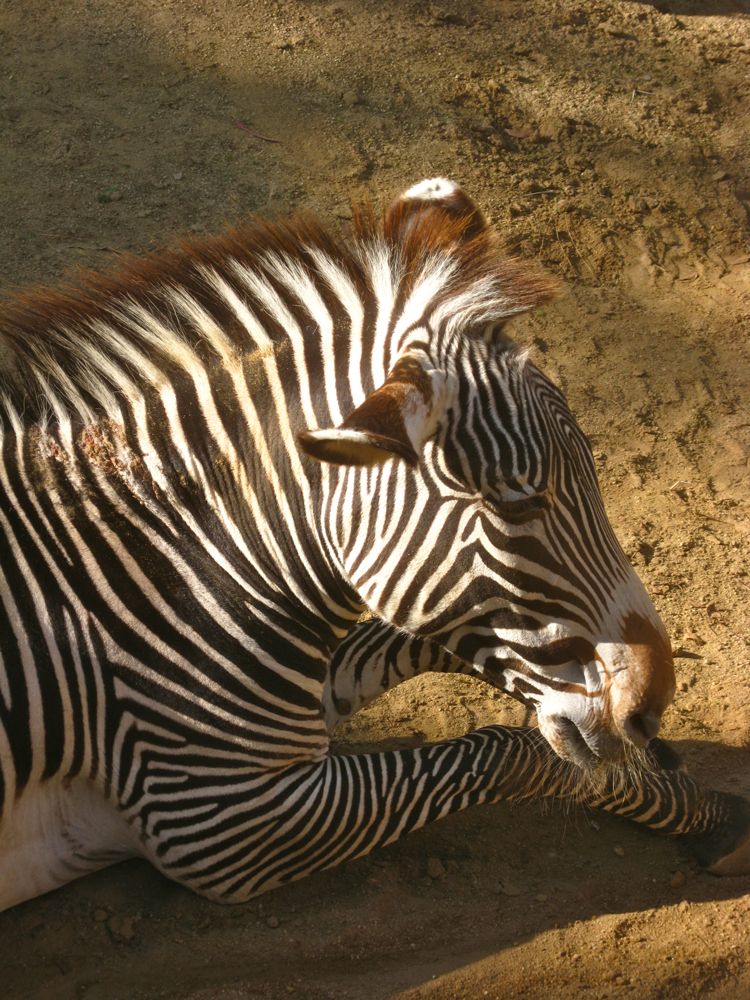
Did you know? - ebras have excellent eyesight. It is believed that they can see in color. Like most ungulates, the zebra has its eyes on the sides of its head, giving it a wide field of view. Zebras also have night vision, although not as advanced as that of most of their predators, but their hearing compensates.
Zebras have excellent hearing, and tend to have larger, rounder ears than horses. Like horses and other ungulates, zebra can turn their ears in almost any direction. In addition to eyesight and hearing, zebras have an acute sense of smell and taste.

Wildest animals in the park!!

The Fall colors are still pretty

Mother nature is amazing
Did you know? - Mother Nature (sometimes known as Mother Earth) is a common personification of nature that focuses on the life-giving and nurturing features of nature by embodying it in the form of the mother. Images of women representing mother earth, and mother nature, are timeless.
In prehistoric times, goddesses were worshipped for their association with fertility, fecundity, and agricultural bounty. Priestesses held dominion over aspects of Incan, Algonquin, Assyrian, Babylonian, Slavonic, Roman, Greek, Indian, and Iroquoian religions in the millennia prior to the inception of patriarchal religions.

We Are Going To The Birds
Did you know? - An aviary is a large enclosure for confining birds. Unlike cages, aviaries allow birds a larger living space where they can fly; hence, aviaries are also sometimes known as flight cages. Aviaries often contain plants and shrubbery to simulate a natural environment.
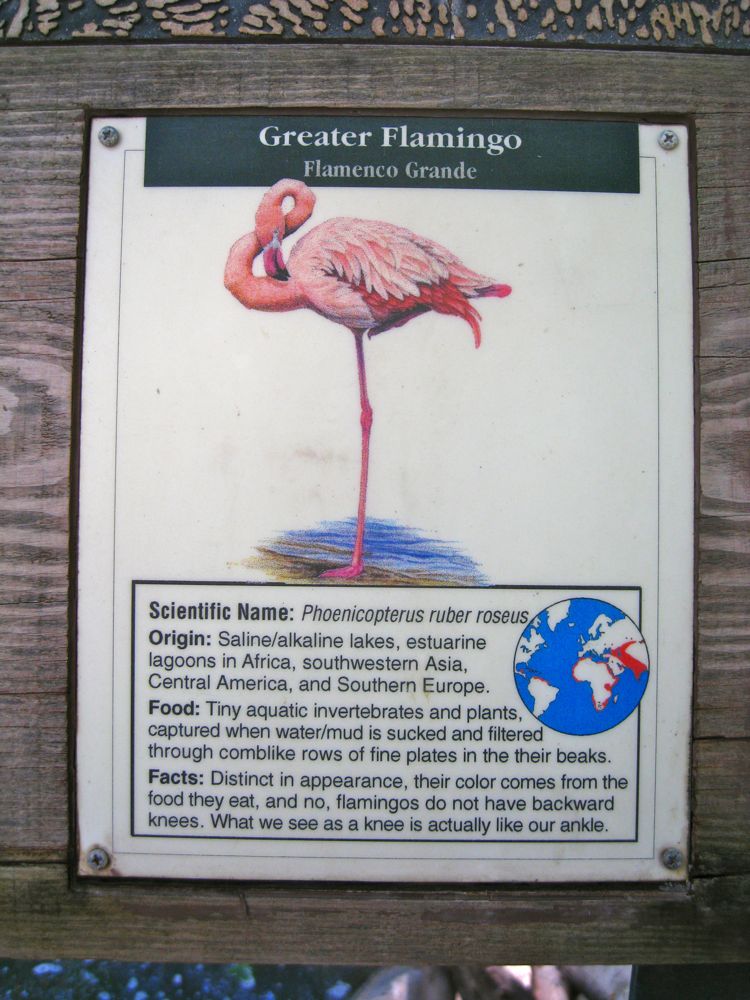

Flamingos were not too bright today
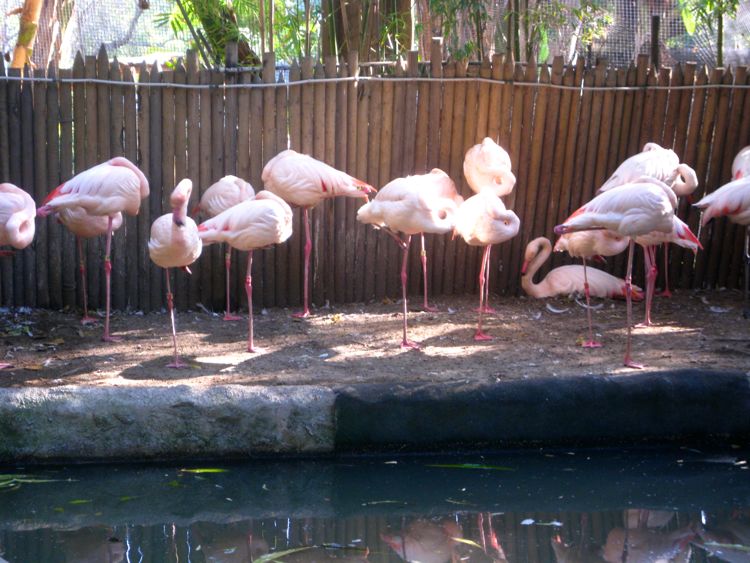
Did you know? - An aviary, Raven Cage dating from 1829, is regarded as one of the oldest structures at the London Zoo.

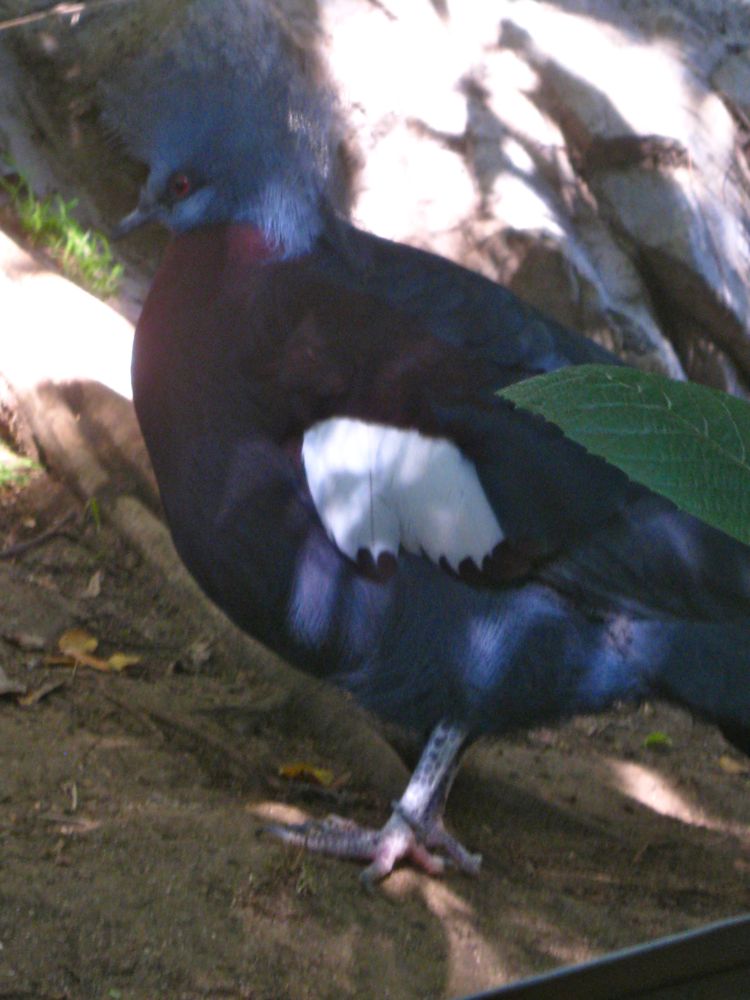
Up close!
Did you know? - The Saint Louis Zoo is home to the 1904 World's Fair Flight Cage. It is one of only two permanent structures built for the World's Fair which still remain (the other is the Saint Louis Art Museum's Cass Gilbert building). In 1904, it was the largest bird cage ever built. It remains one of the world's largest free-flight aviaries. The 228 feet (69 m) long, 84 feet (26 m) wide, and 50 feet (15 m) high cage was built by the Smithsonian Institution specifically for the St. Louis World's Fair. Local pride in the giant cage motivated St. Louis to finally establish a zoo in 1910.



This one was whistling "Dixie"
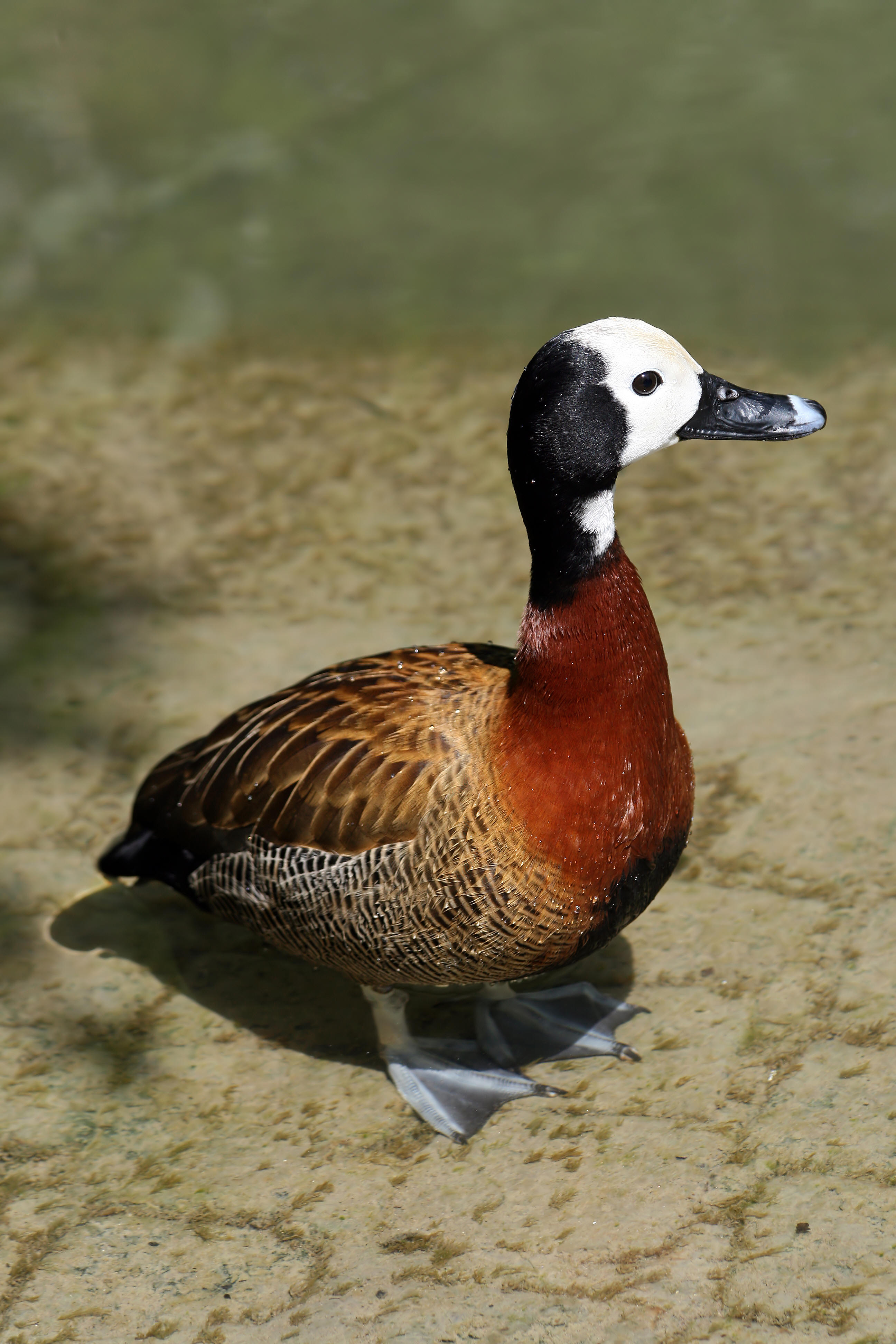
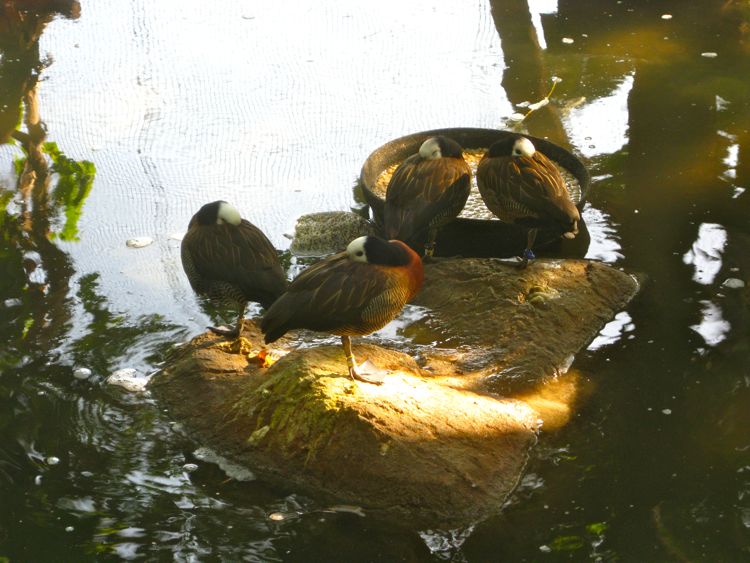
Several Avaries Made Up The Location




Watch out below


To South America


Did you know? - The Andean Condor is a scavenger, feeding mainly on carrion.[29] Wild condors inhabit large territories, often traveling more than 200 km (120 mi) a day in search of carrion. In inland areas, they prefer large carcasses, such as those of dead farm animals or wild deer, while their diet consists mainly of beached carcasses of marine mammals when near the coast.[21] They will also raid the nests of smaller birds to feed on the eggs.
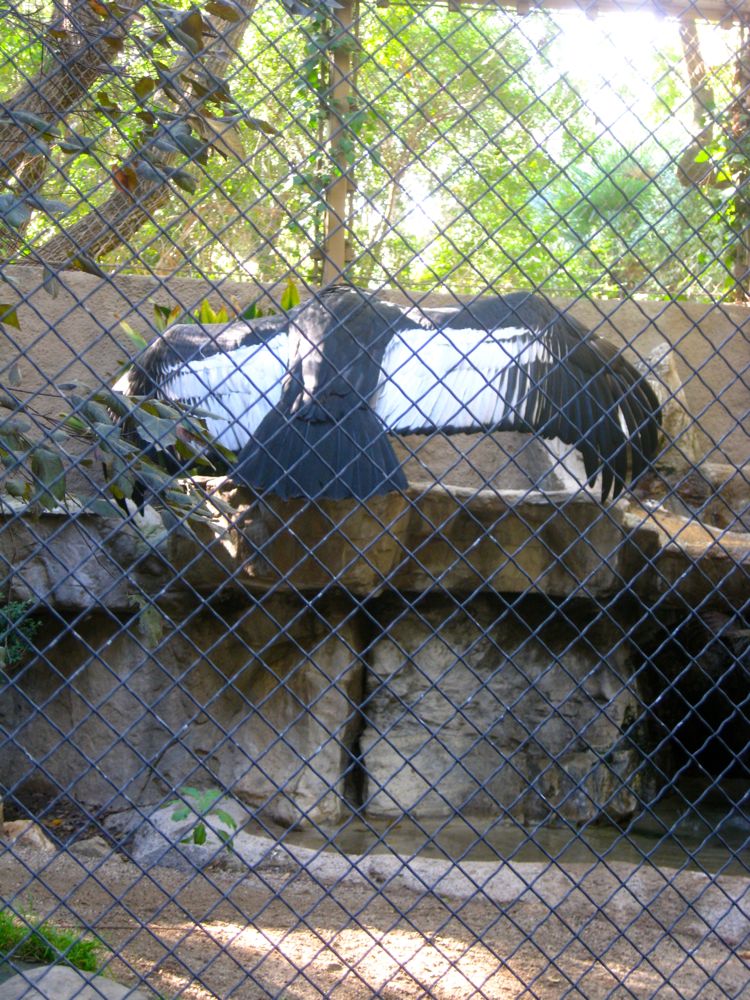
The Trees And Shrubs Make This Zoo Especially Pleasing



The Tortise

He likes yellow
Did you know? - Tortoises (Testudinidae) or land turtles are a family of land-dwelling reptiles of the order of Turtles (Testudines). Like their marine cousins, the sea turtles, tortoises are shielded from predators by a shell. The top part of the shell is the carapace, the underside is the plastron, and the two are connected by the bridge. The tortoise has both an endoskeleton and an exoskeleton. Tortoises can vary in size from a few centimeters to two meters. Tortoises are usually diurnal animals with tendencies to be crepuscular depending on the ambient temperatures. They are generally reclusive animals.

Crunch crunch
Did you know? - Tortoises generally have lifespans comparable with those of human beings, and some individuals are known to have lived longer than 150 years. Because of this, they symbolize longevity in some cultures, such as China. The oldest tortoise ever recorded, and one of the oldest individuals animal ever recorded, was Tu'i Malila, which was presented to the Tongan royal family by the British explorer Captain Cook shortly after its birth in 1777.
Tui Malila remained in the care of the Tongan royal family until its death by natural causes on May 19, 1965. This means that upon its death, Tui Malila was 188 years old.


Christmas at the Zoo

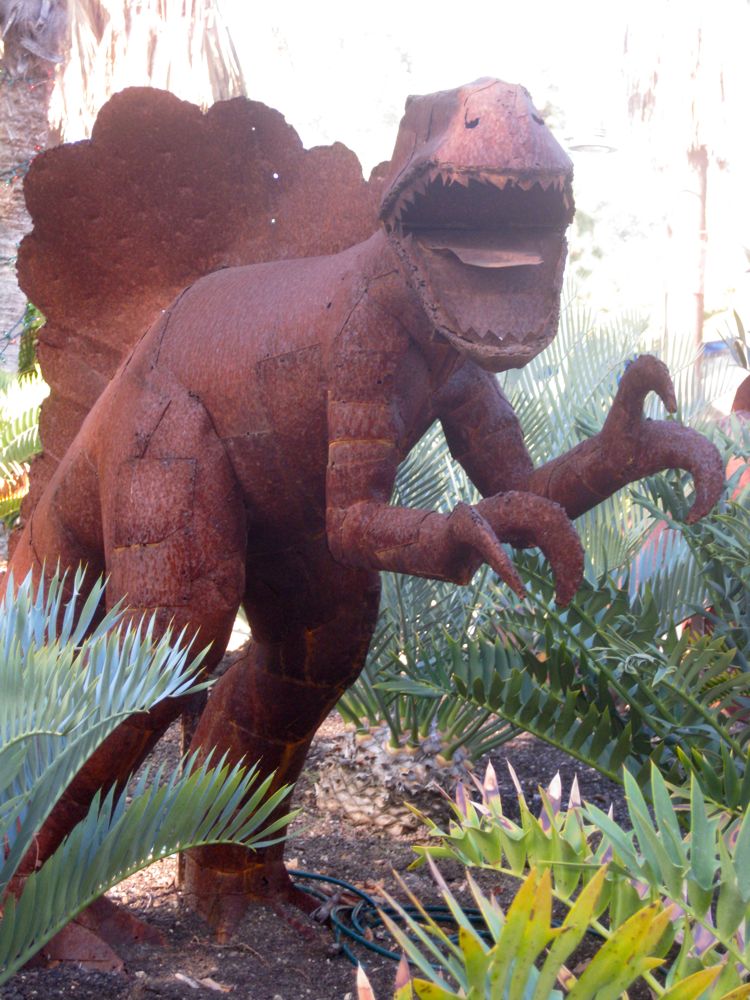
Iron monsters

Bye bye Zoo
Dinner At The LA Farmer's Market Is Always Great


Always delicious goods at Monsieur Marcel's

"I'm ready to order"

"Me too"


Wine time

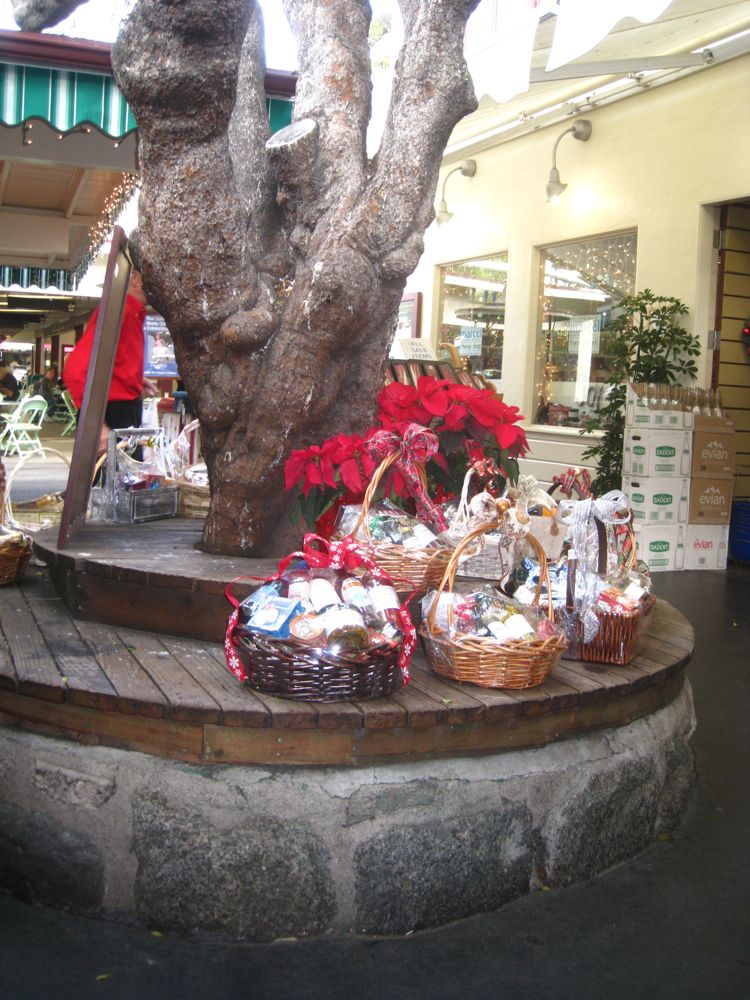

As good as it gets

Lentil soup
Did you know? - The plant likely originated in the Near East, and has been part of the human diet since the aceramic (non-pottery producing) Neolithic times, being one of the first crops domesticated in the Near East. With approximately 26% of their calories from protein, lentils and generally any pulses or legumes have the third-highest level of protein, by weight, of any plant-based food after soybeans and hemp and is an important part of the diet in many parts of the world, especially in the Indian subcontinent which has large vegetarian populations.
Lentil is also commonly used in Ethiopia as a stew like dish called Kik, or Kik Wot, which is one of the dishes people eat with Ethiopia's national food, the Injera flat bread. The yellow lentils are used to make a non spicy stew like dish, which is one of the first solid foods Ethiopian women feed to their babies.

Heading For Home


Not home but down the street

